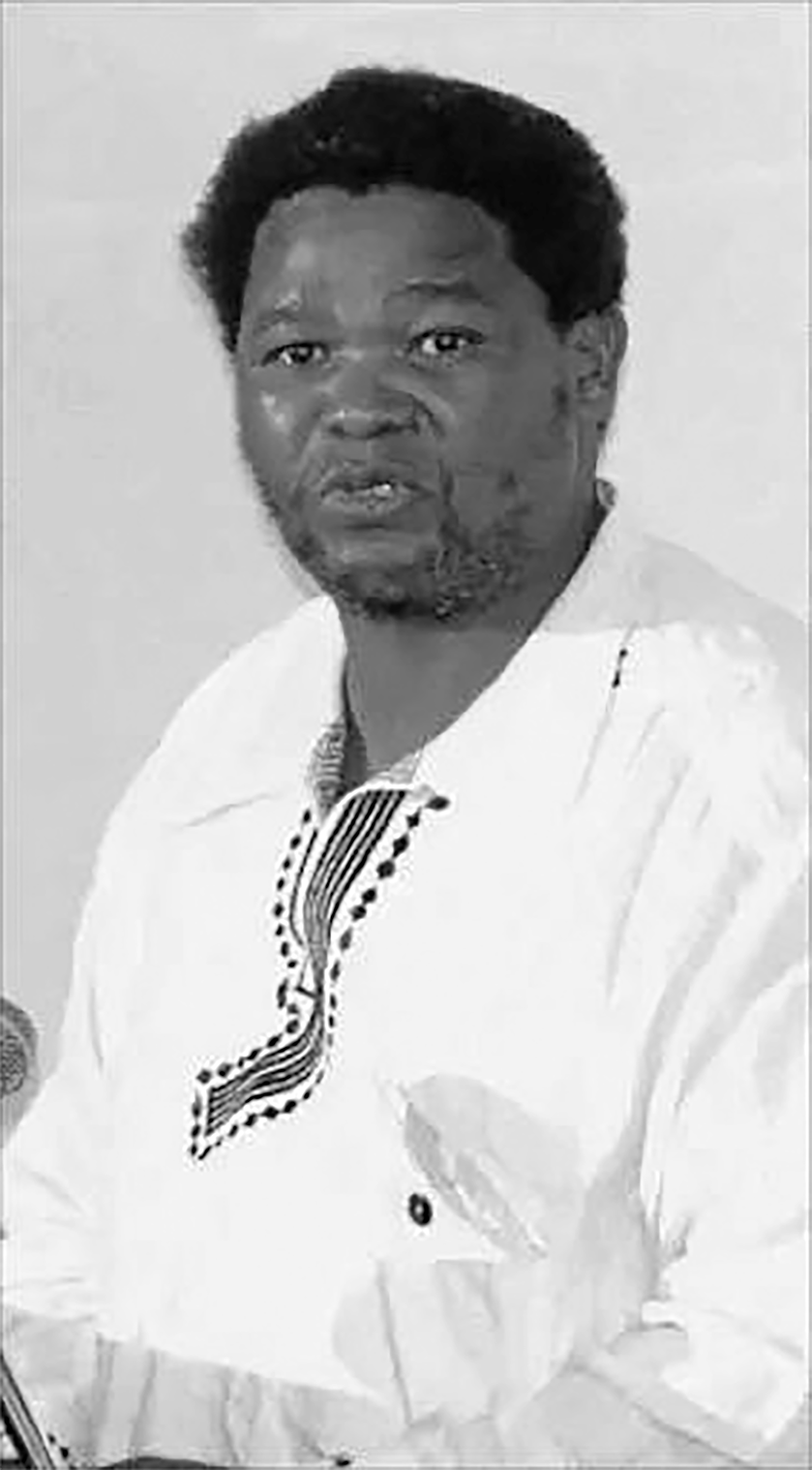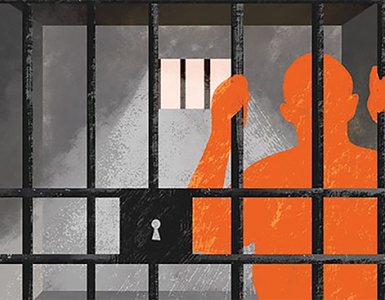ICON: The departed Black consciousness proponent honoured with a special memorial at Pretoria State Theatre…
By Rev Kgomotso Modiselle
In Dr Gomolemo Mokae, the creative community had gifted us with one of the prophets that many worshippers of music never recognised they had. Bob Marley was similarly such a prophet who delivered his sermons to adoring fans from stagecraft with the microphone serving as his pulpit.

Though his music, not only was Bob Marley a prophet but also a brave witness and spirited participant of the history of the dispossessed. But his was a voice not welcomed by imperial anti-liberation forces hellbent on continued subjugation of blacks as the necessary rock upon which to build everlasting white privilege.
Lying at the core of black misery was the land dispossession as spearheaded by the colonising demon of whiteness. The seTswana word coined to equate to this ingrained demonic spirit of whiteness is ‘Boburu.’ The synonym for Boburu in isiZulu is ‘ububhunu.’ Racism is white supremacy. White supremacy is racism.
Boburu denotes the inseparable relationship between the coloniality of whiteness and the dispossession of blacks of their land. The consequence of landlessness continues to haunt black life even in present day post 1994 South Africa.
It is the recurring ravages of land dispossession, which brought with it the degrading impact on black lives, that EFF leader Julius Malema is all about in the disputed chant of “dubul’ ibhunu.” Doing away with the evil spirit of white colonialism, which robbed black people of their land, is the message behind that chant. This is what dubul ’ibhunu is all about. Total overhaul of legacy of neo-colonialism behind landlessness of black people.
Geeting rid of the misery of black dispossession is the message that unrepentant dispossessors do not want to hear. Being so addicted to black subjugation as the necessary condition for the retention of white privilege, white dispossessors just cannot imagine a life outside their supremacist architecture. And have come to regard weaning themselves from that architecture as death itself.
In the throes of this supremacist architectural spell, exclusive white privilege cannot live without black subjugation. To whites addicted to black oppression, equality as oppression. The dream of black liberation is the nightmare of loss of oppressive white power. This is because since colonial dispossession, black life has been rendered cheap, regularly disposed of, with common law crimes of murder increasingly conflated to hide political assassinations. The way Mokae met his last moment, in the bloody scene in which his mortal remains were found, falls in that line.
The scene of the crime points to what would have us to believe Mokae had to die. As to what interests were being served by this dastard deed, the mystery of it is yet to unfold to solve.
How could such an adorable a man dedicated to the liberation of the oppressed, who had located his surgery for ease of access of health by the wretched and used his profession as a doctor to heal the unwell, have has life ended in so foul a manner?
On the ever present danger stalking black life Steve Biko left us reflective words to ponder on: “If you do run fast enough, if you do survive, you grow up in these streets, these houses. Your parents try, but in the end, you only get the education the white man will give you. Then you go to the city to work, or to shop, and you see their streets, their cars, their houses, and you begin to feel there is something not quite right about yourself. About your humanity. Something to do with your blackness, because no matter how smart or dumb a white child is, he is born in that world. And you, a black child, smart or dumb, you are born into this. And smart or dumb, you will die in it.” Enlightened, smart, caring, doctor, author, cultural connoisseur Dr Gomolemo Mokae died in it.
It is the gruesome crime scene, right inside the home in which Mokae’s lifeless body was found, that the lyrics from one of the songs of reggae’s music star performer Bob Marley came to mind: “How long must they kill our prophets while we stand aside and look.”
The lyrics are from a tune titled “Redemption Song.” Marley composed the song in 1979. The album, in which Redemption Song was published, was titled Uprising. The song was no less a protest against slavery and racial discrimination. It struck a chord with the world just as it did with Soweto’s students uprisings that spread nationwide as of June 16, 1976.
It was as if Bob Marley was singing the plight of the dispossessed with this song. The song came two years after Steve Biko’s assassination in police custody on September 12, 1977. As if that was not enough, the banning of 17 BC organisations, two newspapers The World and Weekend World, and Christian Institute’s Pro Veritate were shut down the following month on October 19, 1977. Oppressive power had gone mad, tearing everything in its paths that exhibited affinity to black liberation threatening its edifice. Death is always near to truth seekers and those set on the liberation path.
The son of man, Jesus, in whom, amongst others, I have dedicated days of my life to serve his mission, died at the age of 33. Albeit his life was cut down at the prime his life, aged 30, in death, Biko loomed larger than life. Bob Marley who died May 11, 1981, was 36.
The common factor with all these revered figures, dying in their 30s, is that they had irrepressible messages worldwide impact remain unforgettable.
On the year 2000 marked by the dreaded Y2K, thought to be bringing with it chaos in the world, Mokae, aged 36, had matured, a dyed in the wool in the liberation struggle, steeped in the Black Consciousness philosophy and a distinguished exponent as one of its leading lights.
The rest of the 25 years, to follow, saw him spread his wings to flap the skies of the arts to also serve as chairperson of the National Arts Council (NAC). In serving the NAC Mokae was more than ceremonial as he demonstrably stamped his presence in the arts to deserved accolades.
Mokae penned few books including the Robert Mcbride – “A Coloured Life”, “Masego”, “Nnete ke Serunya”, “Kaine le Abele”. His TV dramas included “Gaabo Motho”, “The Secret in my Bosom” , “it’s a Goal” and “Lisenethini” all of which were broadcast by the SABC.
The best tribute that creative industry can give to Mokae is not only to archive the record of his artistic success for young to either reach or excel but also walk on his footsteps unafraid to tell the revolutionary truth that Dr Gomolemo Mokae “o bolailwe ke boburu” in brutal way. The manner of his gruesome murder serves as a stark political reminder that ‘boburu’ is an unrelenting demon without a heart nor soul.
As a political system, boburu is related to a neo-colonial system of power and authority living off the backs of the dispossessed struggling majority for their continued domination and subjugation even after formal independence. This sadly been the case in present day South Africa of April 1994 right through the GNU where all else indicate that the concern is more about the political parties and the big money supporting them rather than the will of the people.
Boburu is what Mokae fought against with an unwavering spirit of resistance with a working understanding of the meaning of the anti-colonial chant of “Dubul’ ibhunu”.
Boburu is still the breath of racism that keeps alive the enduring scheme of placing “white” at the top and “black” at the bottom.
The day shall dawn where the bells of freedom shall truly ring in a free country that is no stranger to the demands that Mokae so eloquently articulated: “Our attitude is that the liberation struggle is for three vital demands of the oppressed people, and those demands are: for majority rule, restoration of the country that’s the land to black people, and for the equitable redistribution of the country’s wealth.”
Peace to Gomolemo’s soul. Long live to the strength of his conviction. And may his spirit live on until Azania is truly free.
• Modiselle is author, former leader of BC student formations (AZASM & AZASCO), Reverend and Human Resources Specialist.

































